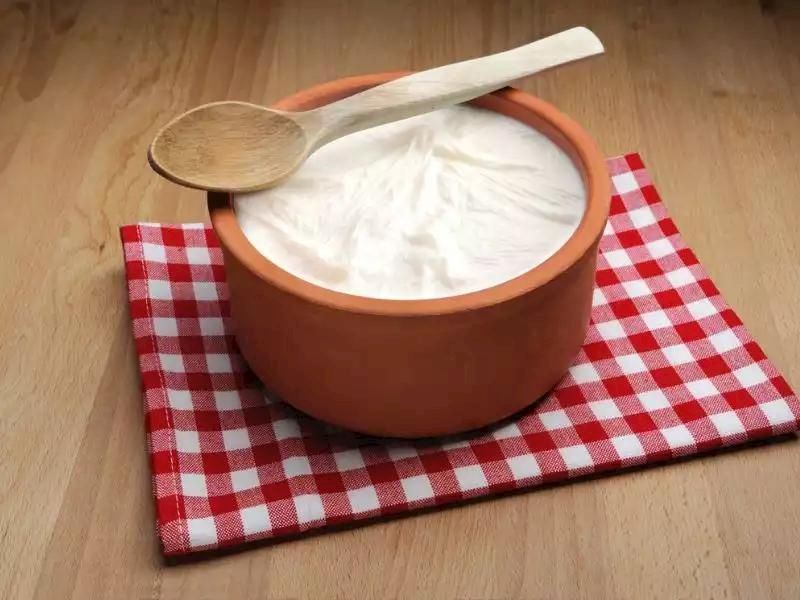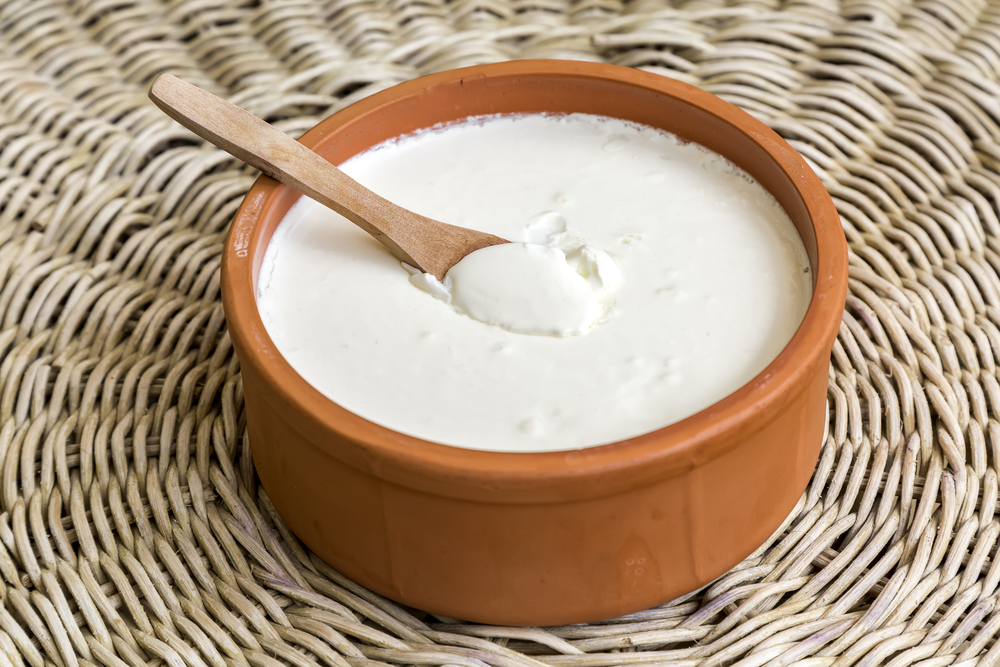The History of Yogurt and Homemade Yogurt Recipe

The history of yogurt is fascinating, with its origins dating back thousands of years. Here's an overview:
- Discovery of Yogurt:
Yogurt is believed to have originated in Central Asia, possibly in Mesopotamia or the region around the Caspian Sea.
The process of yogurt formation is thought to have been discovered accidentally when milk stored in animal stomachs or intestines curdled due to the natural presence of lactic acid bacteria.
- Ancient Cultures:
Ancient cultures such as the Babylonians, Persians, and Indian civilizations are known to have embraced yogurt as part of their diet.
The Indian sacred scriptures, the Vedas, mention the health benefits of consuming yogurt.
- Spread to Europe:
Yogurt making spread to Europe through various routes, including the migration of nomadic tribes.
In the Balkan region, yogurt became a staple in the diet, and it is still popular in countries like Greece and Bulgaria.
- Influence in the Middle East:
The Middle East also adopted yogurt, and it became an integral part of Middle Eastern cuisine.
Labneh, a strained yogurt with a consistency similar to cream cheese, is a popular Middle Eastern yogurt-based product.
- Ottoman Empire:
During the Ottoman Empire, yogurt gained widespread popularity. The Ottoman Turks are said to have introduced yogurt to Europe.
- 20th Century:
In the early 20th century, researchers like Elie Metchnikoff, a Nobel Prize-winning biologist, promoted the health benefits of consuming yogurt. Metchnikoff believed that the lactic acid bacteria in yogurt contributed to longevity.
- Commercialization and Mass Production:
In the mid-20th century, the commercial production of yogurt began, making it widely available to consumers.
Companies such as Dannon played a significant role in popularizing and commercializing yogurt in the United States.
- Varieties and Global Popularity:
Today, yogurt comes in various forms, including Greek yogurt, which is strained to achieve a thicker consistency, and different flavors and textures are available worldwide.
Yogurt is known for its probiotic properties, contributing to gut health, and it continues to be a popular and versatile food.
The history of yogurt is a testament to the long-standing tradition of fermented dairy products and their evolution into a global culinary phenomenon.
Recipe;

Making yogurt at home is a straightforward process. You'll need milk and a small amount of yogurt with live active cultures as a starter. Here's a simple recipe for homemade yogurt:
Ingredients:
- 4 cups of milk (whole milk or 2% milk works best, but you can use skim milk if you prefer)
- 2 tablespoons of plain yogurt with live active cultures (as a starter)
Equipment:
- Saucepan
- Thermometer
- Whisk
- A container with a lid (to incubate the yogurt)
- Towels or blankets for insulation

Instructions:
- Heat the Milk:
Pour the milk into a saucepan and heat it over medium heat. Use a thermometer to monitor the temperature.
Heat the milk until it reaches about 180°F (82°C). Heating the milk helps denature the proteins and improve the texture of the yogurt.
- Cool the Milk:
Allow the milk to cool to around 110°F (43°C). This is the ideal temperature for the yogurt culture to thrive.
- Prepare the Starter:
In a small bowl, mix the 2 tablespoons of plain yogurt with a small amount of the cooled milk. Whisk until smooth.
- Inoculate the Milk:
Add the yogurt mixture back into the saucepan with the cooled milk. Whisk well to ensure even distribution.
- Incubate the Yogurt:
Pour the milk mixture into a container with a lid. Cover the container.
Place the container in a warm environment to incubate. This could be an oven with the light on, a yogurt maker, or simply wrap the container in towels to maintain warmth.
Allow the yogurt to incubate for 4 to 8 hours, depending on your desired thickness and tanginess.
- Check for Set:
After the incubation period, check the yogurt. It should have thickened and set. If it's not set to your liking, you can let it incubate for a bit longer.
- Refrigerate:
Once the yogurt has set, refrigerate it for a few hours to chill and further thicken.
- Enjoy:
Your homemade yogurt is ready! You can enjoy it as is, or add sweeteners, fruits, or other flavorings according to your preference.
Remember to save a small amount of this batch as a starter for your next batch of homemade yogurt. This way, you can continue making yogurt without having to buy a new starter each time.
Here are the yogurt recipes I recommend you to watch;
1) https://youtu.be/lOpId3SNxE4?si=5xmJAkxV6QI1wTag
2) https://youtu.be/gLivGD5-Uvo?si=dIcQsESk9X46IAs4
3) https://youtu.be/BrA_-152whA?si=J-8u8diQEgSJnGyz
4) https://youtu.be/FxQdEl4EKk4?si=H9OfYujfnULNF1FV
5) https://youtu.be/z6GPM1BqIkI?si=GgXPEYTtBWLjzeds
6) https://youtu.be/dbUA5dFqTNw?si=_alKMentteZxtp9-
7) https://youtu.be/6laRiO7iaOU?si=eU2CWlHYyjIy1ZWq
8) https://youtu.be/nHgw97vJeEQ?si=9CpoJ-ycOuBjiFyR
9) https://youtu.be/CYOzqnK0Zgs?si=UbOehUoH9G_yuaQt
10) https://youtu.be/gSM3z1-fD10?si=bJcz8_02IlLK1_rc
11) https://youtu.be/jUu3hG1pvbA?si=zQwjSLKwYdwpXVHL

























































